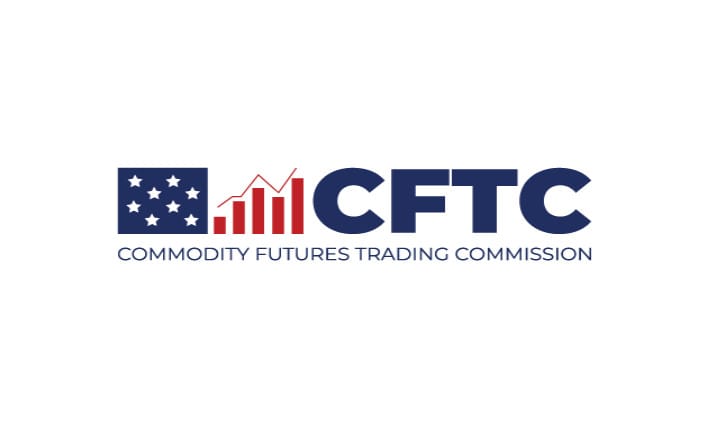Federal Reserve Alert! Beige Book, or informal review by the Federal Reserve Banks of current economic conditions in their Districts released today. Several Districts reported growing signs of a slowdown in demand, and contacts in five Districts noted con
- Federal Reserve Bank of Boston
- Federal Reserve Bank of New York
- Federal Reserve Bank of Philadelphia
- Federal Reserve Bank of Cleveland
- Federal Reserve Bank of Richmond
- Federal Reserve Bank of Atlanta
- Federal Reserve Bank of Chicago
- Federal Reserve Bank of St. Louis
- Federal Reserve Bank of Minneapolis
- Federal Reserve Bank of Kansas City
- Federal Reserve Bank of Dallas
- Federal Reserve Bank of San Francisco
Overall Economic Activity
Economic activity expanded at a modest pace, on balance, since mid-May; however, several Districts reported growing signs of a slowdown in demand, and contacts in five Districts noted concerns over an increased risk of a recession. Most Districts reported that consumer spending moderated as higher food and gas prices diminished households' discretionary income. Due to continued low inventory levels, new auto sales remained sluggish across most Districts. Hospitality and tourism contacts cited healthy leisure travel activity with some noting an uptick in business and group travel. Manufacturing activity was mixed, and many Districts reported that supply chain disruptions and labor shortages continued to hamper production. Non-financial services firms experienced stable to slightly higher demand, and some firms reported that revenues exceeded expectations. Housing demand weakened noticeably as growing concerns about affordability contributed to non-seasonal declines in sales, resulting in a slight increase in inventory and more moderate price appreciation. Commercial real estate conditions slowed. Loan demand was mixed across most Districts; some financial institutions reported increased customer usage of revolving credit lines, while others reported weakening residential loan demand amid higher mortgage interest rates. Demand for transportation services was mixed and reports on agriculture conditions across reporting Districts varied. While demand for energy products was robust and oil and gas drilling activity picked up, production remained constrained by labor availability and supply chain bottlenecks for critical components. Similar to the previous report, the outlook for future economic growth was mostly negative among reporting Districts, with contacts noting expectations for further weakening of demand over the next six to twelve months.
Labor Markets
Most Districts continued to report that employment rose at a modest to moderate pace and conditions remained tight overall. However, nearly all Districts noted modest improvements in labor availability amid weaker demand for workers, particularly among manufacturing and construction contacts. Most Districts continued to report wage growth. One third of Districts indicated that employers were considering or had given employees bonuses to offset inflation related costs while in two Districts, workers requested raises to offset higher costs. A quarter of Districts indicated wage growth will remain elevated for the next six months, while a few noted that wage pressures are expected to subside later this year.
Prices
Substantial price increases were reported across all Districts, at all stages of consumption, though three quarters noted moderation in prices for construction inputs such as lumber and steel. Increases in food, commodities, and energy (particularly fuel) costs remained significant, though there were several reports that price inflation for these categories had slowed compared with recent months but remained historically elevated. While several Districts noted concerns about cooling future demand, on balance, pricing power was steady, and in some sectors, such as travel and hospitality, firms were successful in passing through sizable price increases to customers with little to no pushback. Most contacts expect pricing pressures to persist at least through the end of the year.


